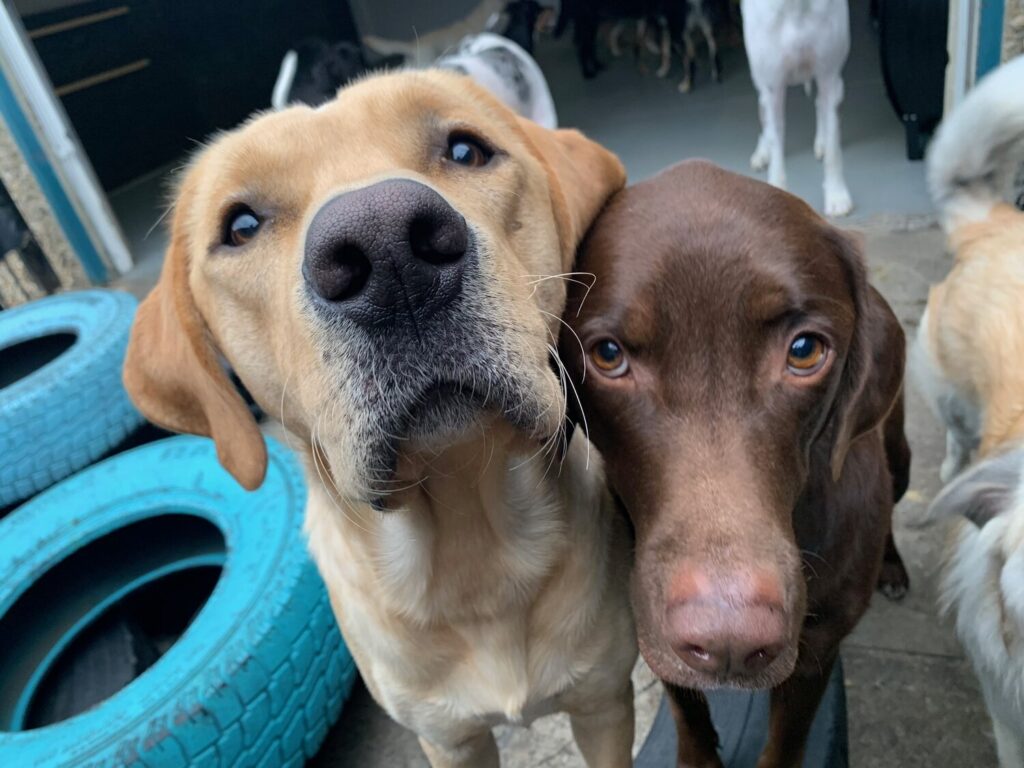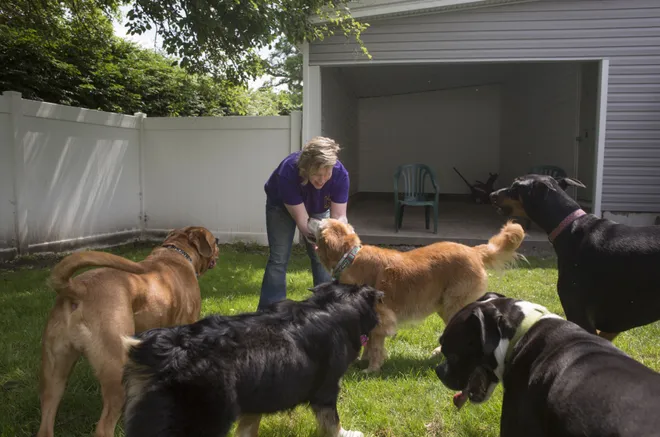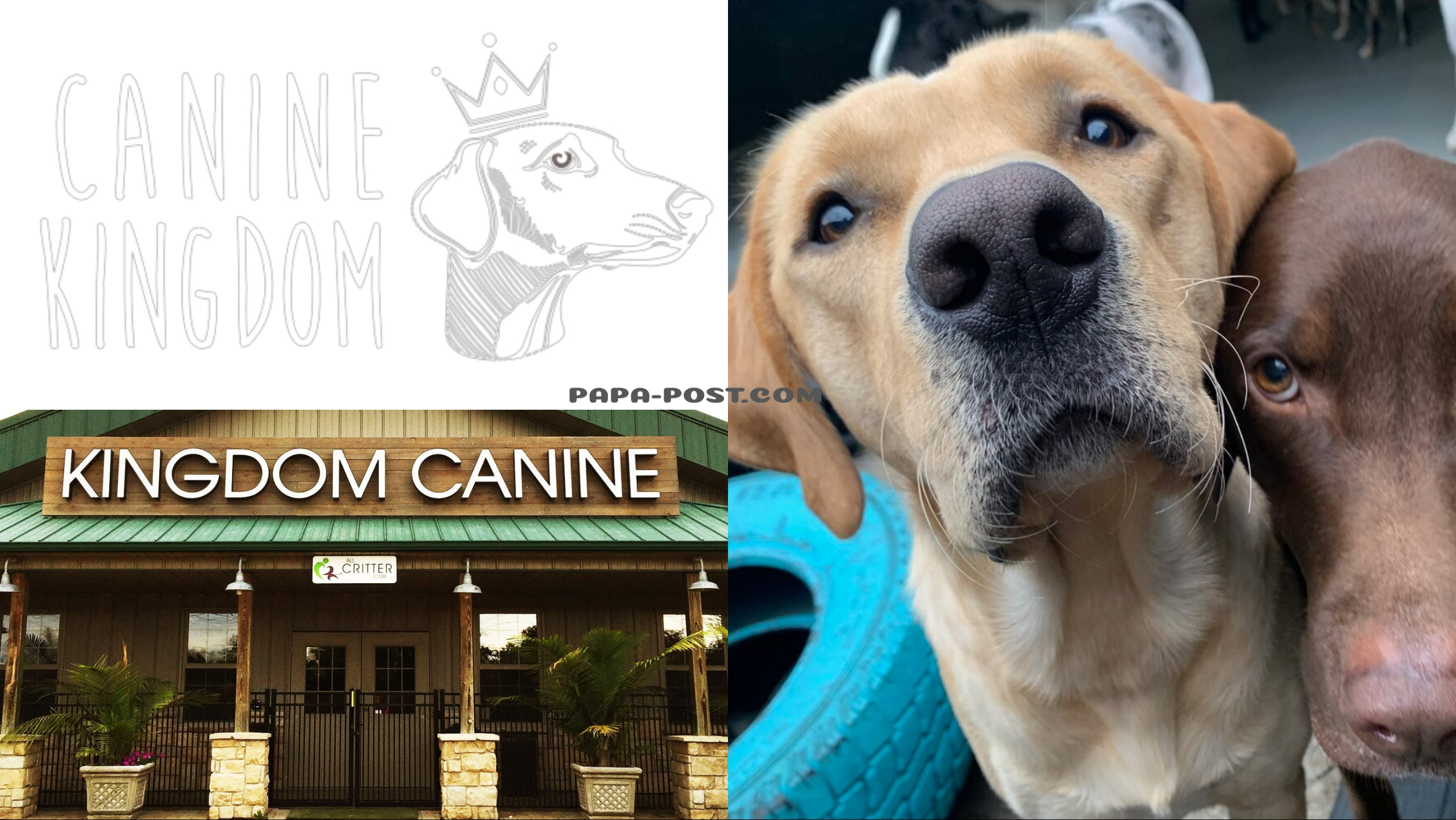Introduction
Throughout history, dogs have earned their place as humanity’s most loyal companions. From the tiny Chihuahua to the robust German Shepherd, each breed possesses unique traits that make them special. But among them, one question always captures people’s imagination: What is the biggest dog in the world? While “biggest” can refer to height, weight, or sheer presence, there is one towering breed that consistently holds the crown—the English Mastiff.
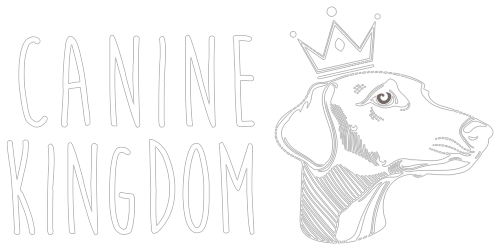
This article delves deep into the history, characteristics, and stories of the biggest dogs ever recorded. We’ll explore not only the physical marvels but also the emotional and cultural weight these gentle giants carry in the world of pets and beyond.
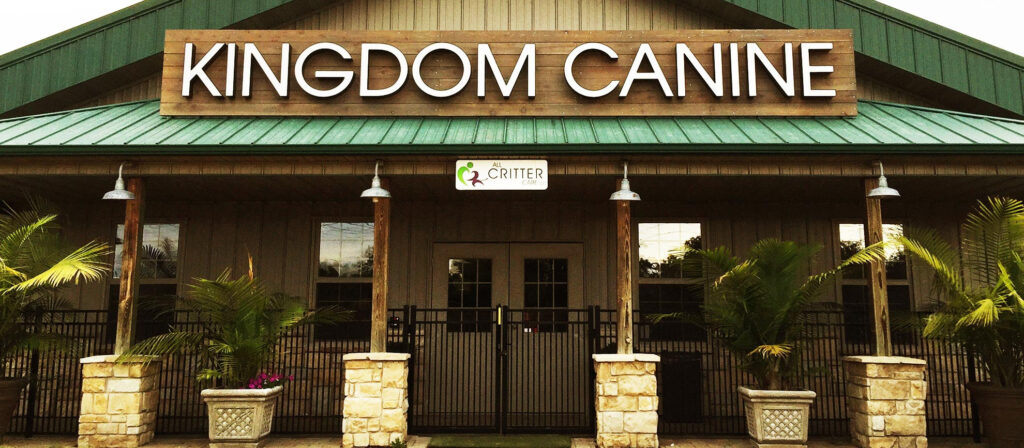
1. Defining “Biggest” — Height vs. Weight
Before naming the biggest dog, we must define what “biggest” means. There are two primary ways to measure a dog’s size:
- Tallest dog: measured from the floor to the shoulders (withers). This often gives us breeds like the Great Dane.
- Heaviest dog: measured by body mass. This title often belongs to the English Mastiff.
Tallest Dog Ever Recorded
The Guinness World Record for the tallest dog belongs to Zeus, a Great Dane from Michigan, USA. Zeus stood 44 inches (1.118 meters) tall at the shoulder and stretched over 7 feet when standing on his hind legs. He weighed 155 pounds (70 kg). Sadly, Zeus passed away in 2014, but his legacy lives on.
Heaviest Dog Ever Recorded
When it comes to weight, the title goes to an English Mastiff named Zorba, who weighed a staggering 343 pounds (156 kg). Zorba, owned by Chris Eraclides of London, England, was also 8 feet 3 inches long from nose to tail. He was recognized by the Guinness Book of World Records in 1989.
Both Zeus and Zorba represent different aspects of “biggest”—Zeus was a vertical marvel, while Zorba was a true heavyweight.
2. The English Mastiff: A Living Colossus
The English Mastiff is widely considered the largest dog breed in terms of mass. With males often weighing between 160 to 230 pounds (72 to 104 kg) and females between 120 to 170 pounds (54 to 77 kg), they dominate the size charts.
Physical Features
- Height: 27.5 to 30+ inches at the shoulder
- Weight: 120–230+ pounds
- Body Type: Broad chest, muscular frame, wrinkled face, heavy jowls
- Temperament: Gentle, protective, calm
- Lifespan: 6 to 10 years
Mastiffs have short coats and come in colors like fawn, apricot, or brindle. Despite their imposing size, they are known as “gentle giants” due to their calm and loving demeanor.
3. Origins and Historical Background
The history of the English Mastiff stretches back thousands of years. These dogs are descendants of ancient Molosser breeds from the mountains of Asia. The Romans brought them to Europe, where they were used for guarding estates, fighting in coliseums, and even going to war.
Ancient Mastiffs in War
Mastiffs fought alongside soldiers in various wars, including during the Roman Empire. Their size and bravery made them formidable in battle. They were used to guard castles and livestock and were symbols of status for the nobility in medieval England.
In literature and history, mastiff-like dogs are referenced in:
- Julius Caesar’s writings during his invasion of Britain
- Shakespeare’s plays
- Paintings of English royalty
By the 1800s, they were formalized into a breed and eventually brought to the United States, where their popularity grew steadily.
4. Notable Mastiffs in History
Zorba – The Heaviest Dog Ever
As mentioned earlier, Zorba the English Mastiff holds the Guinness World Record for the heaviest dog. At just over 8 feet long and weighing 343 pounds, Zorba became a canine celebrity in the 1980s. Despite his size, reports noted that he was gentle and well-mannered.
Hercules
Another English Mastiff, Hercules, was recognized by Guinness in the early 2000s. He weighed 282 pounds with a 38-inch neck and 39-inch shoulder height. His owners described him as laid-back and a neighborhood favorite.
5. Other Giant Breeds Worth Mentioning
While the English Mastiff is the heaviest, other breeds also deserve recognition for their size:
Great Dane
- Tallest breed
- Known for their elegance and height
- Gentle temperament, great with families
Saint Bernard
- Originally bred in the Swiss Alps for rescue
- Thick coats, big bodies, heavy bones
- Average weight: 140–180 pounds
Irish Wolfhound
- Historically used for hunting wolves in Ireland
- Tall and lanky with a rugged look
- Calm and affectionate
Tibetan Mastiff
- Fiercely protective, especially in the Himalayas
- Majestic appearance, lion-like mane
- Weigh up to 150 pounds
Each of these breeds contributes to the rich tapestry of giant dogs, but none has eclipsed the English Mastiff in weight.
6. Living With a Giant: Pros and Cons
Owning a giant dog like a Mastiff or Great Dane can be rewarding, but it comes with unique challenges.
Advantages
- Loyalty and protection: These breeds are natural guardians.
- Gentle nature: Despite their size, they’re often great with children.
- Majestic presence: They turn heads everywhere they go.
Challenges
- High cost: Food bills, vet care, and medications are expensive.
- Short lifespan: Larger breeds tend to have shorter lifespans.
- Space needed: Not suitable for small apartments.
- Training is essential: A poorly trained 200-pound dog can cause accidental harm.
Responsible ownership is crucial. These dogs need love, structure, and medical care like any other pet—just on a bigger scale.
7. Feeding and Health Care
Diet
Big dogs require carefully balanced diets to support their joints, bones, and heart. Overfeeding can lead to obesity, which is dangerous for heavy breeds.
- High-protein, low-fat diets
- Joint supplements like glucosamine
- Controlled portions to avoid rapid growth in puppies
Health Concerns
- Hip dysplasia
- Heart disease
- Bloat (gastric torsion)
- Elbow dysplasia
- Arthritis
Routine vet visits and moderate exercise can improve the quality and longevity of life for these dogs.
8. Giant Dogs in Pop Culture
Big dogs have left a significant mark on popular culture, often featured as both guardians and comedic figures.
Fictional Giants
- Fang from Harry Potter – A boarhound (aka Neapolitan Mastiff), known for his size and loyalty
- Beethoven – A Saint Bernard known for comedic family adventures
- Clifford the Big Red Dog – A giant red Labrador-type dog from children’s books and TV
- Sandor Clegane’s dog symbolism in Game of Thrones – fierce and protective
These portrayals have shaped public perceptions, often associating large dogs with courage, friendship, and loyalty.
9. Modern-Day Gentle Giants
In today’s world, giant dogs continue to thrive as beloved pets. Many owners report their Mastiffs, Danes, or Saint Bernards as being “lap dogs” at heart—affectionate, loyal, and surprisingly sensitive.
Thanks to social media, many of these gentle giants have become online celebrities. Instagram accounts dedicated to large breeds rack up hundreds of thousands of followers who are fascinated by the day-to-day lives of these colossal canines.
10. Future of Giant Dogs
The breeding of giant dogs must be done responsibly. Poor breeding practices have led to health issues in many large breeds, especially joint and heart problems.
Ethical Breeding Goals
- Health over size: Prioritize physical well-being instead of record-breaking weight
- Temperament testing: Ensure they’re safe for families
- Diverse genetics: Avoid inbreeding
Veterinarians and breeders alike are encouraging owners to value quality of life over sheer size.
Conclusion
The title of biggest dog in the world may shift slightly with each passing year, depending on individual dogs and their measurements. Still, the English Mastiff remains the reigning monarch of mass, with a temperament as big as its body.
From the awe-inspiring Zorba to the sky-high Zeus, these gentle giants remind us of the incredible diversity and companionship that dogs bring into our lives. Owning such a dog is both a privilege and a responsibility—one that rewards with loyalty, protection, and love on a grand scale.
Whether you admire them from afar or share your home with one, the biggest dogs in the world are living monuments to the bond between humans and animals. Their stories will continue to inspire, delight, and teach future generations about strength, compassion, and the importance of care in every size and shape.
